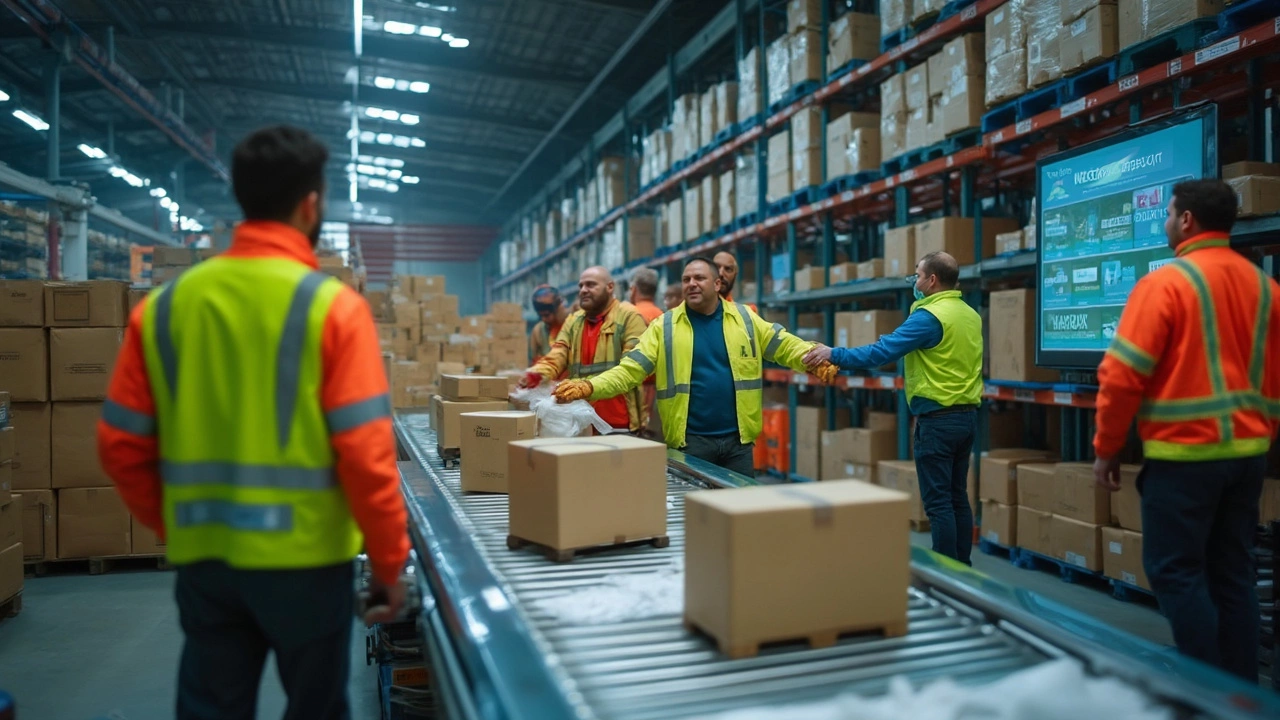Warehousing: Practical Tips and Trends for Smarter Storage
If you’ve ever wondered why some businesses always seem to have stock on hand while others scramble at the last minute, the answer usually lives in their warehouse. A well‑run warehouse isn’t just a big room full of boxes – it’s the engine that keeps orders flowing, costs low, and customers happy. In this guide we’ll walk through the biggest mistakes to avoid, the tech that’s changing the game, and simple steps you can take today to make your space work harder.
Why Modern Warehousing Matters
First off, think of your warehouse as a profit centre, not a cost centre. When you store items efficiently, you reduce the time workers spend walking between aisles, cut errors, and free up space for more inventory – all of which add up to higher margins. The latest reports show that warehouses that adopt digital tools can shave 15‑20% off operating costs. That’s not just a number; it’s the difference between a tight‑fit budget and a comfortable cash flow.
Another big factor is speed. Customers expect next‑day or even same‑day delivery, and every extra minute a pallet spends waiting costs you money. By mapping out high‑traffic routes inside the building and using clear labeling, you can cut pick‑time dramatically. Simple things like color‑coded zones or floor‑tape pathways can save minutes per order, which adds up fast when you ship hundreds a day.
Top Tools to Streamline Your Warehouse
Technology is no longer a nice‑to‑have; it’s a must‑have. The most popular category right now is Warehouse Management Systems (WMS). These platforms give you real‑time visibility of stock levels, automate reorder points, and even suggest the best slot for each product. If you’re on a shoestring budget, look for cloud‑based WMS that charge per user rather than a huge upfront license.
Don’t overlook the power of barcode scanners or QR code tags. Scanning a pallet takes seconds and eliminates manual entry errors that can cause costly delays. Pair the scanner with a mobile app and your floor staff can update inventory on the go, keeping the master list fresh without paperwork.
Automation is also creeping into even mid‑size operations. Conveyors, robotic pickers, and automated guided vehicles (AGVs) used to be the domain of mega‑players like Amazon, but newer modular systems let you start small. For example, a single robotic arm on a picking station can handle dozens of orders per hour, freeing up staff for tasks that need a human touch.
Finally, data analytics should be part of every decision. Pull reports on order‑to‑ship times, slot utilization, and labor hours. Spotting a pattern – say, a particular SKU that’s always out of stock – can prompt you to adjust safety stock or rearrange shelving for quicker access.
Putting these tools together doesn’t have to be overwhelming. Start with one improvement, like adding barcode scanning, measure the impact for a month, then layer on another – maybe a cloud WMS – and keep the momentum going. Your warehouse will become a lean, responsive hub that supports fast delivery, lowers expenses, and ultimately drives profit.
Ready to take the next step? Look through our other articles on logistics profit drivers, the biggest Amazon warehouse, and top supply‑chain software for deeper insights. With the right mindset and a few smart upgrades, your warehousing game will be stronger than ever.
Unpacking the ecommerce logistics supply chain, this article breaks down each step from order placement to final delivery. Get real-world examples, tips to avoid common mistakes, and what tech is changing the game. Full of practical advice for sellers and curious shoppers alike. Discover the pitfalls that can ruin a customer experience—and how smart businesses can sidestep them. Plain talk, no jargon, straight to the point.
Jun, 8 2025
